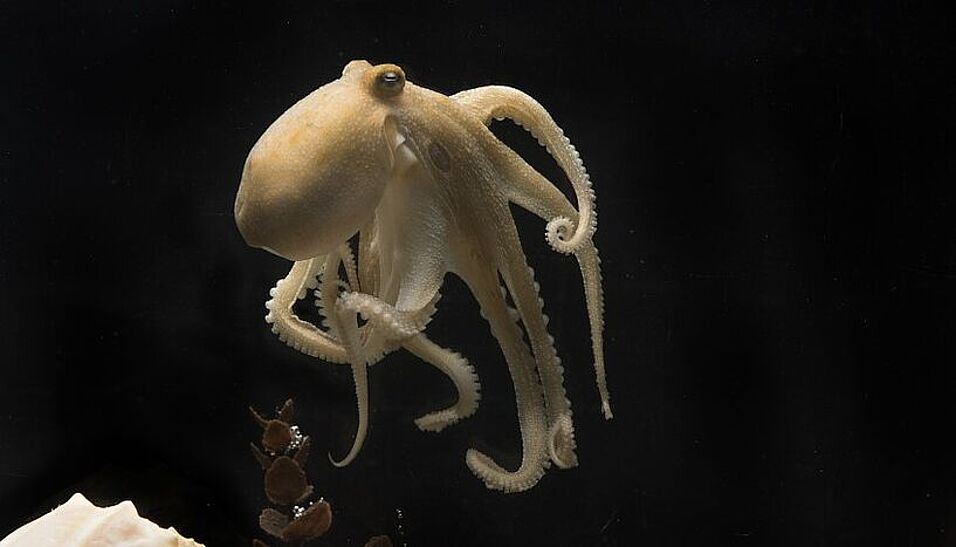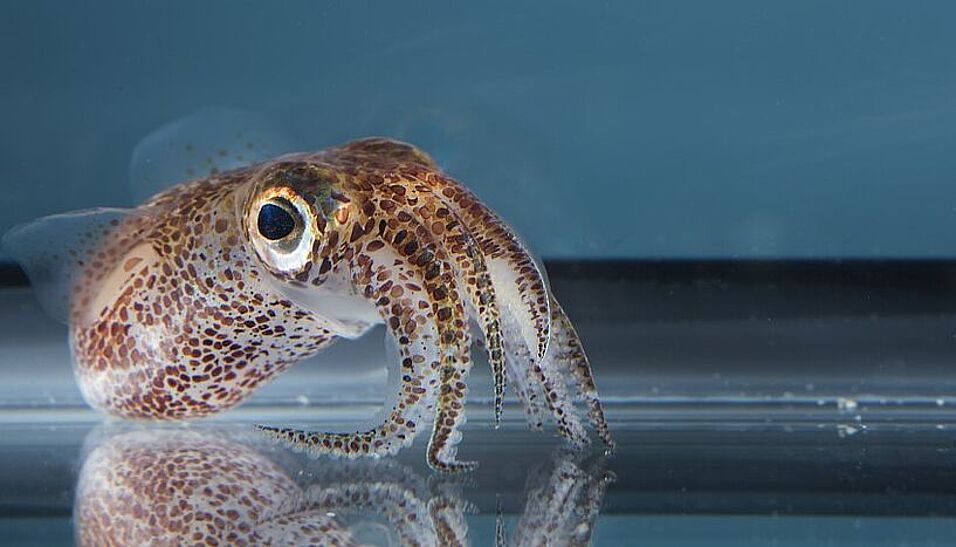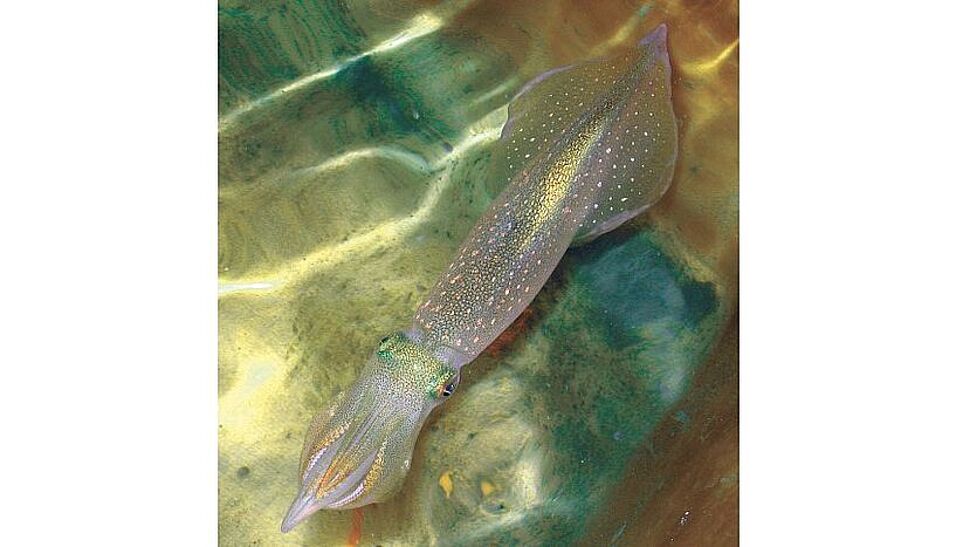Octopuses and other squids are complex creatures - their ability to camouflage and their highly interactive behavior are unique in the animal kingdom. Deciphering the genomes of cephalopods plays a central role in better understanding these fascinating animals. A team of scientists from the University of Vienna, led by molecular biologists Oleg Simakov and Hannah Schmidbaur, has conducted two multinational studies to fill this knowledge gap and uncover the secrets of cephalopod genomes. Both studies are now published in Nature Communications.
Octopuses, cuttlefish and squid belong to the family of cephalopods, a fascinating group that is different from all other groups of animals. Their movable arms are equipped with suckers and they have the ability to adapt to their environment by changing their color. These features, along with their complex nervous systems, are unique in the animal kingdom. For a long time, scientists have been studying the evolution of these fascinating animals. A major challenge for understanding what lies behind this morphological complexity has been the decoding of cephalopod genomes. The genome of cephalopods is strikingly large, larger than the genomes of their relatives, the mollusks, and similar in size to the human genome. Now, new genetic tools allow the entire genome of cephalopods to be decoded.
The two studies sequenced the genomes of the California octopus (Octopus bimaculoides), the Hawaiian dwarf squid (Euprymna scolopes), and the longfin coastal squid, also called the Boston market squid (Doryteuthis pealeii), employing several new tools to examine genome organization and function.
Chromosomes of octopuses and other squids are very different from those of any other group of animals
In the first publication (Albertin et al.), the scientific team from the University of Vienna, as part of an international team including the University of Chicago's Marine Biological Laboratory, studied the composition of cephalopod chromosomes and found that the chromosomes of octopuses and squid are very different from those of any other animal group. Animal chromosomes are very similar to each other, even though the animal groups are evolutionarily distant from each other, as the scientists showed in an earlier study. Cephalopods, however, have found a way to break away from this pattern and form completely new combinations. This has resulted in a very special karyotype: Their chromosomes look like a mosaic of chromosome-building-blocks, which are usually very constant in other animal groups.
"New neighbors" in the genome bring about other interactions
In the second publication (Schmidbaur et al.), scientists from the University of Vienna, also part of an international team involving the Research Institute of Molecular Pathology (IMP), the Schönbrunn Zoo in Vienna, and the Marine Biological Laboratory at the University of Chicago, investigated the contribution of this genome restructuring to the many known morphological innovations in cephalopods. The study focused on genomic regions consisting of three or more genes that are found together in this combination only in cephalopods. The scientists found that such novel combinations of genes, quasi-new neighbors, often interact with each other differently than other parts of the genome and are involved in many of the novel cephalopod tissues, such as the complex nervous system.
The two studies together ultimately reveal a very unique genomic organization of cephalopods that opens many new avenues of research. "Through our research, it is now clear that in order to understand the biology of cephalopods, we must first understand the genetic building blocks of these animals - and such building blocks appear to be radically and often different from what we know of other animals," said Schmidbaur of the Ecology and Evolution Doctoral school (VDSEE) at the University of Vienna.
Original Publications:
Caroline B. Albertin, Sofia Medina-Ruiz, Therese Mitros, Hannah Schmidbaur et al (2022). Genome and Transcriptome Mechanisms Driving Cephalopod Evolution. Nature Communications
DOI: 10.1038/s41467-022-29748-w.
Hannah Schmidbaur et al. (2022) Emergence of Novel Cephalopod Gene Regulation and Expression through Large-Scale Genome Reorganization. Nature Communications
DOI: 10.1038/s41467-022-29694-7



